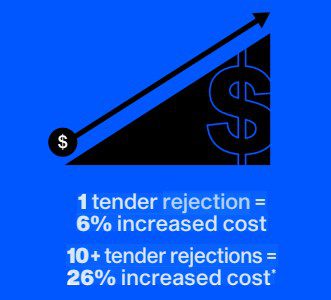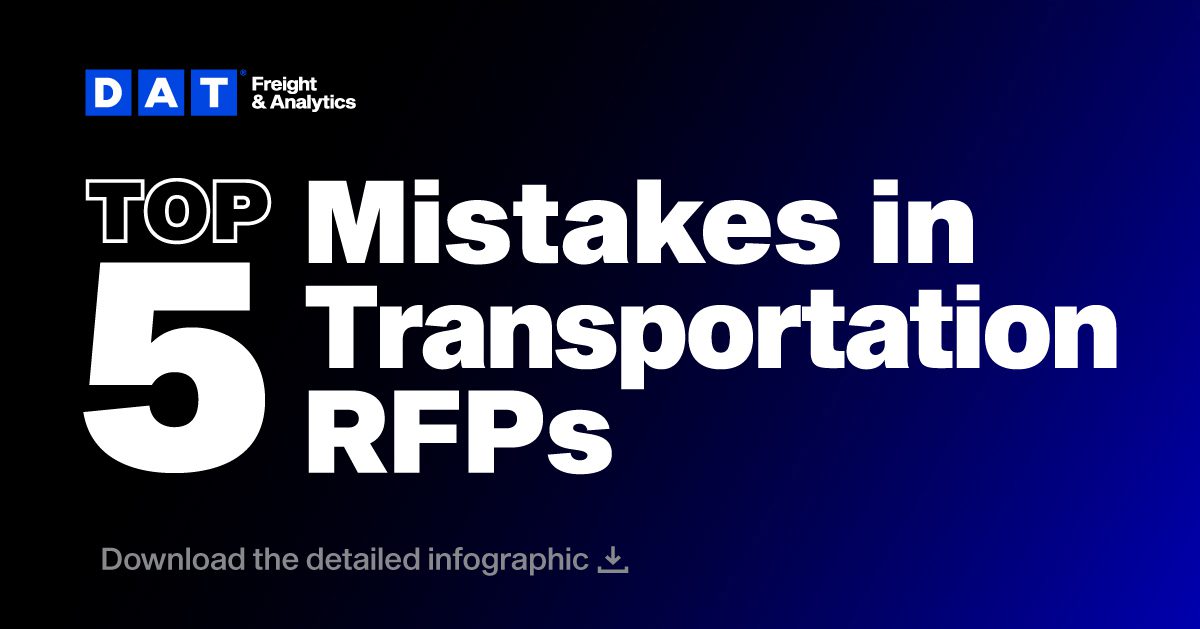You won’t create the perfect carrier partner out of thin air. It’s a lot of work to expand your network and develop relationships. More importantly, the effectiveness of a carrier often has more to do with how you describe your shipping requirements than it does with how capable the carrier is.
That’s why it’s so important to be thoughtful and knowledgeable when creating your transportation RFP. However, it doesn’t take much to derail what could be an effective RFP.
The most common mistake we see shippers making in their transportation RFPs is that they focus too much on the lowest price or bidder.
 Selecting carriers that bid the lowest rates could actually cost you more in the long run. If your contract rates are too low during times of tight capacity, you could see an increase in tender rejections as carriers look to the spot market for more profitable opportunities.
Selecting carriers that bid the lowest rates could actually cost you more in the long run. If your contract rates are too low during times of tight capacity, you could see an increase in tender rejections as carriers look to the spot market for more profitable opportunities.
This raises the potential for routing guide failures, thus increasing your risk for spot premiums. These higher costs might not be accounted for in your transportation budget. External market data and freight rate forecasts can guide decisions on the appropriate rate to award and align your freight spend with the broader marketplace.
While focusing on the lowest price is the biggest mistake, there are actually other common mistakes in transportation RFPs.
Learn how to avoid other common RFP mistakes by getting a free copy of our quick guide, “5 Mistakes in Transportation RFPs.”


